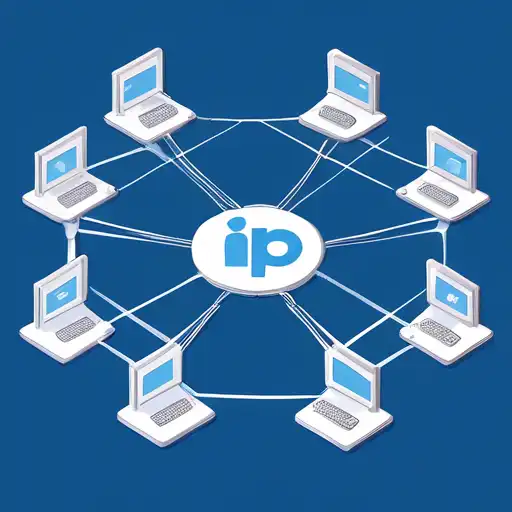Introduction to IP Addresses
In the digital world, IP addresses play a crucial role in connecting devices across the internet. Understanding the basics of IP addresses is essential for anyone looking to grasp how networking operates. This guide will walk you through the fundamentals of IP addresses, their types, and how they facilitate communication between devices.
What is an IP Address?
An IP (Internet Protocol) address is a unique identifier assigned to each device connected to a network. It allows devices to communicate with each other by sending and receiving data. Think of it as the digital equivalent of a home address for your device.
Types of IP Addresses
There are two main types of IP addresses: IPv4 and IPv6. IPv4 addresses are 32-bit numbers, typically displayed in decimal format (e.g., 192.168.1.1). Due to the limited number of IPv4 addresses, IPv6 was introduced, which uses 128-bit addresses, allowing for a vastly larger number of unique addresses.
- IPv4: The most widely used IP version, but facing exhaustion due to its limited address space.
- IPv6: Designed to replace IPv4, offering a much larger address space and improved features.
How IP Addresses Work
When you request to visit a website, your device uses the website's IP address to locate and connect to the server hosting the site. This process involves DNS (Domain Name System) servers translating human-readable domain names into IP addresses that computers can understand.
Static vs. Dynamic IP Addresses
IP addresses can be static or dynamic. A static IP address remains constant, making it ideal for hosting websites or services. Dynamic IP addresses, assigned by DHCP (Dynamic Host Configuration Protocol), change over time and are commonly used for consumer devices.
- Static IP: Never changes, suitable for servers.
- Dynamic IP: Changes periodically, typical for home networks.
Why Understanding IP Addresses is Important
Knowing how IP addresses work can help you troubleshoot network issues, improve your online privacy, and enhance your understanding of internet security. For instance, using a VPN can mask your real IP address, protecting your online identity.
Conclusion
IP addresses are the backbone of internet communication, enabling devices to connect and share information seamlessly. Whether you're a budding IT professional or just curious about how the internet works, grasping the basics of IP addresses is a valuable step forward.
For more insights into networking, check out our guide on Networking Basics.
